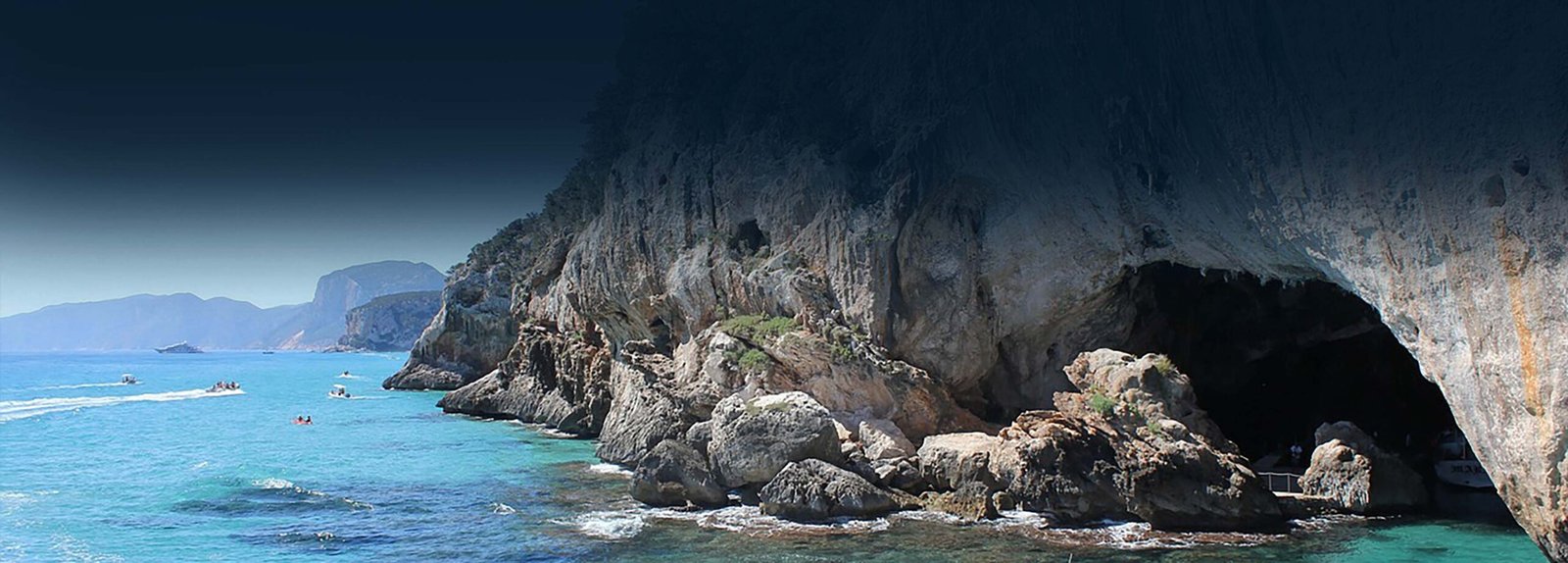1. Food – When it comes to food, Sicily vs Sardinia each have their own delicious stories to tell.
Sicily: Imagine an island in the middle of the Mediterranean, soaking up sunshine and blessed with fertile soil thanks to its volcanic roots. Sicily grows an incredible variety of fruits like olives, almonds, citrus fruits, and more. Seafood thrives in the surrounding waters, adding richness to local dishes. Over centuries, Sicily has welcomed influences from Arabic and North African cultures, seen in dishes like fish couscous and stuffed swordfish rolls. One of Sicily’s famous street foods, arancini, blends rice and saffron—ingredients introduced by Arabs—with a French-inspired twist of meat ragu. Even the classic pasta con le sarde, featuring raisins and pine nuts, bears the mark of Arab flavors mixed with local ingredients.
Sardinia: Just like Sicily, Sardinia enjoys a Mediterranean climate perfect for growing crops like eggplants and artichokes, while its long coastline provides an abundance of seafood such as cuttlefish, octopus, and lobster. Throughout its history, Sardinia has been shaped by various cultures—from the Phoenicians to the Romans and beyond—which have all left their mark on the island’s cuisine. Traditional Sardinian dishes include porcedu, a succulent spit-roasted suckling pig, and fregula, a type of pasta similar to couscous influenced by North African culinary traditions. In Sassari, you can savor lumache—snails stuffed with pecorino cheese, parsley, garlic, and breadcrumbs, all soaked in white wine—a true taste of local flavors.
2. Beaches – In this case, Sicily vs. Sardinia each have their own unique diversity. sicily, being a volcanic island, boasts a coastline that varies from pebbly shores to rugged rocky formations. While soft white sand beaches are few, places like Mondello near Palermo and San Vito lo Capo offer exceptions with their inviting stretches. What Sicily lacks in sandy beaches, it compensates with stunning coastal landscapes, crystal-clear blue waters, and an array of captivating islands. The UNESCO-protected Aeolian Islands, including Lipari, Panarea, and Vulcano with its mud baths and black-sand beaches, are must-visits. The Aegadian Islands, especially Favignana known for its white sand beaches and underwater caves, are popular for divers seeking serene spots.
Sardinia is renowned for its pristine beaches, rivaling the best in Europe and likened to those in Spain, Portugal, and Greece. The northern coast, particularly Costa Smeralda (Emerald Coast), dazzles with soft white sands and vivid turquoise waters, epitomizing the island’s coastal allure. Throughout Sardinia, you’ll find a wealth of coastal gems such as the white-sand Rena Bianca, the dramatic cliffs of Capo Caccia perfect for sunset views, the shallow and picturesque La Cinta, and the tranquil Cala Sinzias. Don’t miss a ferry ride to the Maddalena Islands off the north coast, where you can discover pristine beaches often devoid of crowds, making them ideal for relaxation and exploration.
3. Things to Do – Sicily vs. Sardinia, both promise a blend of historical intrigue, cultural richness, and natural beauty, ensuring a memorable Mediterranean escape whether you’re exploring ancient ruins, indulging in local delicacies, or basking in scenic coastal vistas.
Sicily: Rich in historical marvels and ancient towns, Sicily offers a treasure trove of cultural experiences. In Palermo, marvel at the Norman Palace and La Martorana, while Monreale boasts one of Europe’s most stunning cathedrals blending Arab, Byzantine, and Norman styles. Explore Ortigia, Syracuse’s historic center, and venture north to the Ancient Theatre of Taormina. In the west, the Valley of the Temples—a UNESCO site showcasing majestic Greek temples like the Temple of Concordia. Nature lovers can hike Mount Etna. Europe’s largest active volcano, dotted with boutique wineries, or relax on cliff-framed beaches and visit charming offshore islands.
Sardinia: While Sardinia may not match Sicily’s historical grandeur. But it offers its own allure with Bronze Age sites like Su Nuraxi di Barumini and Nuraghe Sant’Antine, dating back nearly 4,000 years. Explore the Museo Archeologico Nazionale in Cagliari for artifacts spanning from the Bronze Age to Byzantine era. Don’t miss the vibrant San Benedetto market, offering a bounty of fresh seafood, local cheeses like casizolu, and Sicilian specialties like cannoli. Natural wonders abound, from the granite cliffs of Porto Istana to the flamingos at Porto Giunco’s white-sand beach and the pristine coves of Oasi Biderosa, a sprawling nature preserve.
















